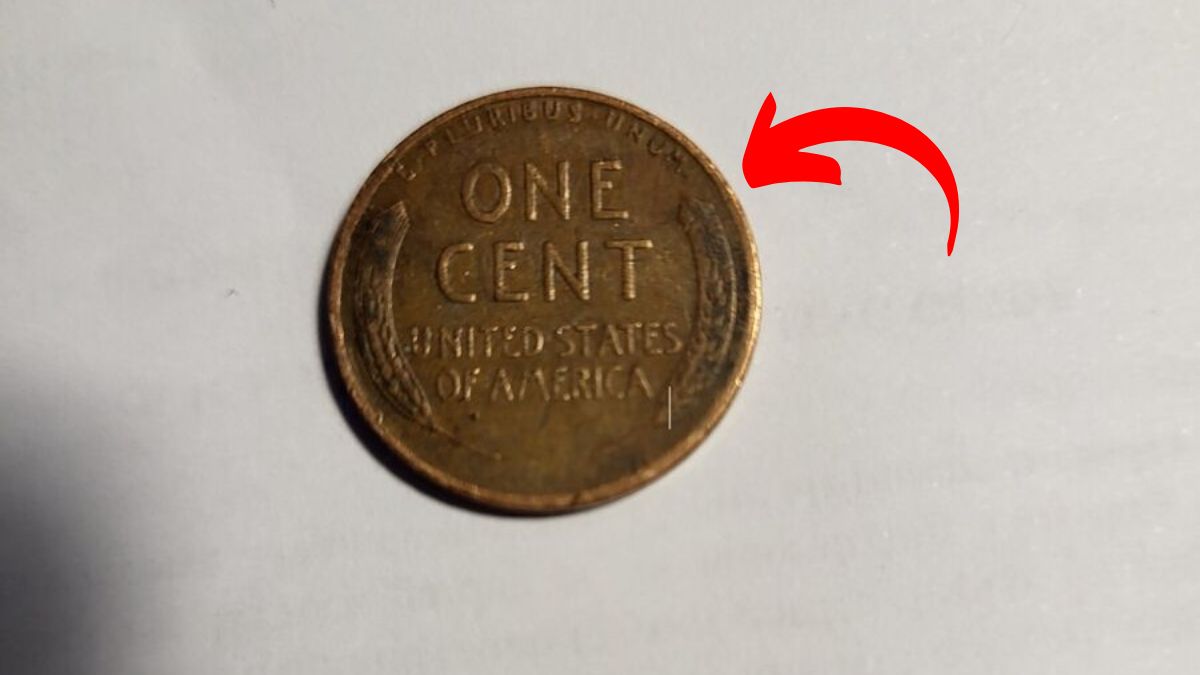Rare coins have a way of capturing our imagination, and few stories are as compelling as that of the 1943-D bronze Lincoln Wheat Penny, valued at an incredible $8.5 million. This extraordinary coin combines rarity, history, and a touch of serendipity, making it one of the most sought-after pieces in the world of coin collecting. Let’s delve into the history of this remarkable penny, what makes it so valuable, and whether you could still find one today.
The History of the Lincoln Wheat Penny
The Lincoln Wheat Penny was first introduced in 1909 to commemorate the 100th anniversary of Abraham Lincoln’s birth. Designed by Victor David Brenner, this coin was the first in U.S. history to feature the image of a real person, breaking away from the tradition of allegorical figures.
- Obverse: A profile of Lincoln, symbolizing his enduring legacy as a unifier of the nation.
- Reverse: Two wheat stalks flanking the words “ONE CENT,” representing prosperity and America’s agricultural roots.
Minted until 1958, the Lincoln Wheat Penny was primarily composed of 95% copper and 5% tin and zinc, except for the unique case of 1943. During that year, the U.S. Mint made a significant change to accommodate wartime needs.
What Makes the $8.5 Million Penny Special?
The 1943-D bronze Lincoln Wheat Penny is an outlier in the series, making it one of the rarest and most valuable coins in history.
1. The Wartime Composition Shift
In 1943, due to a copper shortage during World War II, the U.S. Mint replaced the traditional bronze composition with zinc-coated steel for penny production. However, a few leftover bronze planchets from 1942 were mistakenly used, creating an error that would later become legendary.
2. Rarity
Only a handful of 1943 bronze pennies are known to exist, and the Denver-minted version (marked with a “D”) is even rarer. To date, just one confirmed 1943-D bronze penny has been discovered, adding to its allure.
3. Exceptional Condition
Coins in pristine condition command significantly higher values. The $8.5 million penny is not only rare but also exceptionally well-preserved, with sharp details and minimal signs of wear.
4. Historical Significance
The accidental use of bronze planchets during wartime tells a fascinating story about the challenges of the era. This coin serves as a tangible connection to World War II and its impact on everyday life in America.
How Was the $8.5 Million Penny Discovered?
The discovery of this coin is as serendipitous as it is inspiring. Found in circulation, likely by someone unaware of its significance, the penny eventually made its way into the hands of numismatic experts who authenticated its rarity and historical importance.
It gained fame after being sold at auction for a record-breaking $8.5 million, solidifying its place as one of the most valuable coins ever sold.
Could Rare Pennies Still Be in Circulation?
While the odds are slim, it’s not impossible that other rare 1943 bronze pennies remain hidden in change jars, old collections, or forgotten drawers. Here’s how you can identify one:
- Check the Date: Look for pennies minted in 1943. Most will be steel, but any bronze-colored ones warrant closer inspection.
- Inspect the Mint Mark: Pay attention to “D” (Denver) or “S” (San Francisco) marks, which add rarity.
- Weigh the Coin: A bronze penny weighs 3.11 grams, while steel pennies weigh 2.7 grams.
- Seek Professional Verification: If you think you’ve found a rare coin, consult a reputable numismatic expert for authentication.
Why Are Rare Coins So Valuable?
The value of coins like the 1943-D bronze penny goes beyond their monetary composition. Key factors include:
- Rarity: With only a few examples known, these coins are highly desirable.
- Condition: Pristine coins fetch higher prices due to their aesthetic appeal.
- Historical Context: The connection to a significant period, such as World War II, adds emotional and historical value.
- Collector Demand: The passion of collectors and investors drives auction prices sky-high.
The Legacy of the Lincoln Wheat Penny
Even outside of rare varieties, the Lincoln Wheat Penny remains a favorite among collectors. Its iconic design, affordability, and historical significance make it an excellent entry point into the world of numismatics. Completing a collection of Wheat Pennies from all years and mints is a popular and rewarding goal for many hobbyists.
Modern Coins Worth Watching
While most modern pennies are less valuable, certain errors or rare varieties are worth looking for, including:
- 1969-S Doubled Die Penny: Highly sought after for its noticeable error.
- 1982 Small Date Copper Penny: A rare transition coin.
- 1992 Close AM Penny: An error where the “A” and “M” in “AMERICA” are unusually close.
Starting Your Coin Collecting Journey
If the story of the $8.5 million penny has sparked your interest, here’s how to begin:
- Learn the Basics: Research different types of coins, their history, and how to identify valuable varieties.
- Start Small: Begin with common Wheat Pennies or state quarters to build your knowledge.
- Invest in Tools: A magnifying glass, coin scale, and protective holders are essential for preserving and examining coins.
- Join a Community: Online forums and local coin clubs are excellent resources for learning and sharing.
- Be Patient: Building a collection takes time, but the rewards are worth it.
Conclusion: A Piece of History in Your Pocket
The $8.5 million Lincoln Wheat Penny is a testament to the enduring fascination with rare coins and their ability to tell stories about history, economics, and human ingenuity. While finding such a treasure is a long shot, the joy of coin collecting lies in the hunt and the knowledge gained along the way.
So, the next time you sort through your change, take a closer look. You never know—you might just hold a piece of history worth millions.
